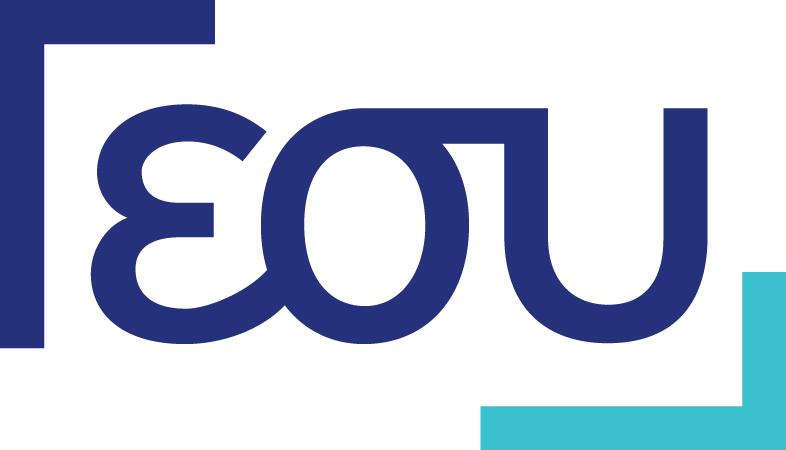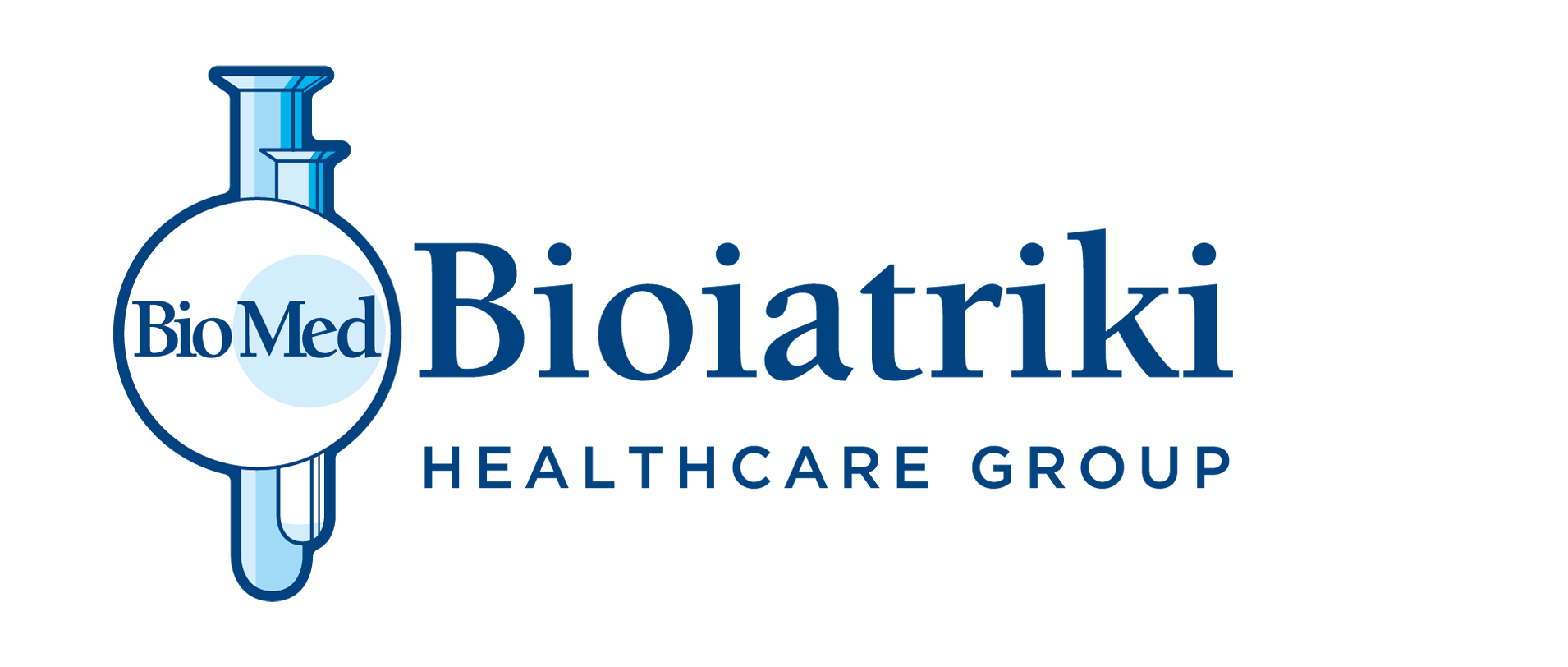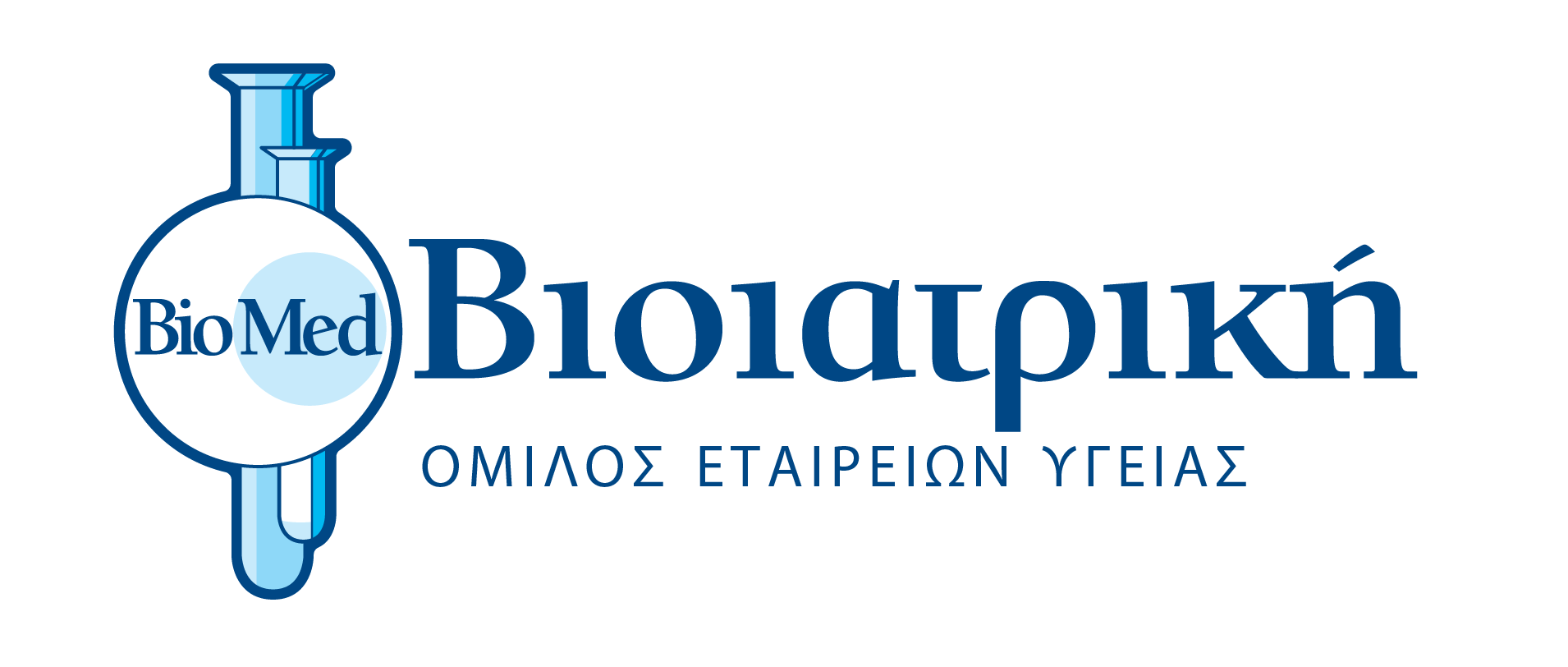
by Dr. Eleni Stylianou
Breast MRI is one of the widely used innovative medical imaging methods of the breast, which along the existing imaging methods of conventional mammography and breast ultrasound, contributes to the better diagnosis and treatment of breast cancer.
The examination
The examination is conducted by MRI machines while the patient is in a prone position, and it lasts about 20 minutes. The full cooperation of the patient is necessary, who should be completely still during the imaging process. Before the imaging, the patient is administered intravenously a paramagnetic contrast agent for the enhancement of breasts’ parenchyma. Women of childbearing age are suggested being screened during the 2nd week of their menstrual cycle (between the 7th and 14th day) in which case the possibility of false positive results is reduced. This is due to the luteal phase of the menstrual cycle with the associated increase in estrogen and progesterone leads to the stroma being edematous with development of the lobules and during this period their contrast enrichment is reduced. For the same reason, post-menopausal women undergoing hormone replacement therapy are advised to discontinue their treatment for 6-8 weeks before the test. It is important that before the examination, the specialist must check for the presence of any general contraindications to MRI, such as an incompatible pacemaker or metal foreign bodies in vital parts of the body.
Who should have breast MRI?
Breast MRI plays a key role in the prevention of breast cancer (screening), as well as in the investigation of suspicious lesions, and in the treatment of diagnosed cases of breast cancer. More specifically:
- Women with elevated risk of developing breast cancer who are included in the annual screening program, are suggested to proceed to Breast MRI according to the American Cancer Society instructions. Indicatively, women with elevated risk of developing breast cancer are considered:
- Those with BRCA1, BRC2, PTEN or TP53 gene mutation or women with a first-degree relative who has these gene mutations.
- Those with a 20% or higher risk of developing breast or ovarian cancer, based on one of several accepted risk assessment tools that look at family history and other factors.
- Those who underwent chest radiotherapy at the age of 10-30 years (e.g., lymphoma treatment).
- Periodic check-ups are recommended for women who have particularly dense breasts, the evaluation of which by conventional methods is restrictive and significantly reduced sensitivity.
- The test is a powerful tool in the hands of doctors who can investigate suspicious or unclear findings during mammography or ultrasound.
- Testing on women with diagnosed breast cancer is of primary importance:
- On recently diagnosed breast cancer in the context of preoperative staging. Contributes to a more detailed spatial analysis, measuring the size of the lesion and its relationship to the chest wall. The best tool for investigating possible multifocality.
- In women undergoing treatment, Breast MRI plays an important in the evaluation of treatment response. Upon treatment completion, the method is used to re-examine and investigate possible relapse of the disease.
Useful for women with implants
Breast MRI is a specialized examination for the evaluation of breast implants and for the investigation of potential rupture. In this case, intravenous administration of contrast material is not necessary unless the doctor suspects inflammation of the implant.
The benefits
The main benefit of breast MRI is the highest sensitivity in the diagnosis of invasive breast cancer which based on literature reports, reaches >89%. This sensitivity varies depending on the type of cancer and the density of the breast, however, it is much higher compared to that of other methods.
In cases of clinical suspicion of breast cancer (e.g., axillary lymphadenopathy or secondary disease of unknown origin), statistics show findings during breast MRI in up to 50% of cases.
It is worth noting that in the case of new diagnoses, MRI is considered the most reliable method of identifying further foci within the breasts (found in 10-30% of cases) and the most accurate method in the preoperative calculation of tumor size.According to research, breast MRI findings result in changes in patient management by 20-30%.
The risks – disadvantages
- Most cases of false-positive results which may lead to unneeded additional testing, such as a biopsy.
- Breast MRI cannot detect micro-calcifications, that is, calcium deposits in breast tissue that could be a sign of cancer.
- Limited availability. MRI scanners are generally available at larger health centers, and there is a limit to the number of radiologists who have experience on evaluating this test.
- The prohibitive cost of the test compared to that of conventional methods.
- People with claustrophobia and people with any contraindications for having an MRI should be evaluated separately for the possibility of having the test.
- Women with end-stage renal disease (ESRD) and thus not eligible for intravenous administration of paramagnetic contrast media, cannot be screened.
In any case, women should always consult the clinician or the radiologist who performs the ultrasound or the mammogram. They have the responsibility to guide women in choosing the ideal diagnostic tests in each case for the optimal service of each woman individually.
*Specialist Radiologist Alpha Evresis Diagnostic Center, Bioiatriki Healthcare Group in Cyprus









